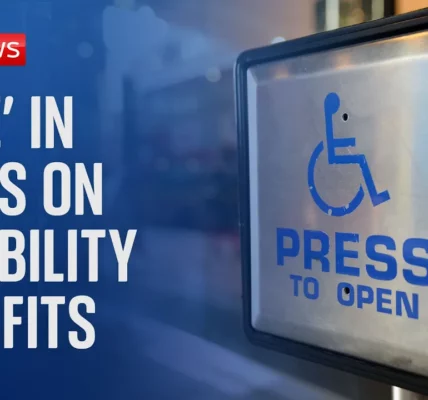Ongoing Israeli Attacks Targeting Hamas and Hezbollah Leadership in Lebanon

This article delves into the recent escalation of conflict in Lebanon, highlighting the Israeli military’s targeted strikes against key figures in Hamas and Hezbollah, the implications for regional security, and the ensuing humanitarian crisis affecting millions.
Introduction
The situation in Lebanon has reached a critical juncture as Israeli forces intensify their operations aimed at dismantling the leadership of Hamas and Hezbollah. Reports indicate that the Israeli military is not only focused on high-profile targets but is also contributing to a significant humanitarian crisis. The recent escalation of violence, particularly the bombardment in southern Beirut, underscores the complexities of the ongoing conflict and the fragile state of Lebanon’s political landscape.
Targeting of Key Leadership Figures
Israeli security operations have specifically targeted senior figures within both Hamas and Hezbollah. This section explores the implications of these actions.
Attack on Hashem Safi Aden
One of the most notable targets in recent operations is Hashem Safi Aden, considered a potential successor to the recently deceased Hezbollah leader, Hassan Nasrallah. The Israeli military launched a significant attack on Thursday night, utilizing advanced weaponry, including bunker-buster bombs, in the Dahia district of Beirut.
- Target: Hashem Safi Aden
- Location: Dahia, Southern Beirut
- Method: Multiple missile strikes
Impact and Speculation
As of now, reports suggest that Safi Aden has become unreachable following the strikes, leading to speculation regarding his fate. Lebanese security sources have indicated that emergency responders have been unable to access the site due to ongoing bombardments, further fueling concerns that he may have been killed in the attack.
Casualties and Humanitarian Impact
The bombardment has not only targeted leadership but has also resulted in civilian casualties, exacerbating the already dire humanitarian situation within Lebanon.
Casualties Among Civilians
Recent reports detail a tragic incident involving a Hamas commander in Tripoli, where missile strikes resulted in the death of his wife and daughters. This incident highlights the collateral damage of such military operations.
Displacement Crisis
As violence escalates, the displacement crisis in Lebanon has worsened. The Lebanese government estimates that over 1.2 million people have been forced to flee their homes within a mere two weeks. This situation is compounded by the pre-existing challenges faced by a caretaker government struggling with political and economic instability.
- Estimated displaced individuals: 1.2 million
- Duration of displacement: Approximately 2 weeks
- Conditions of the government: Caretaker status with limited capacity to respond
Syrian Refugees Returning Home
In an unexpected turn, many Syrian refugees who initially sought safety in Lebanon are now choosing to return to Syria. This decision reflects the severity of the current conditions in Lebanon, prompting these individuals to risk returning to a war-torn nation.
Statistics on Refugees
Reports indicate that around 200,000 individuals, including both Lebanese and Syrian citizens, are attempting to cross the border back into Syria. This mass movement is indicative of the deteriorating situation within Lebanon.
The Urban Battlefield
The streets of Lebanon have transformed into an urban battlefield as clashes continue. The ongoing conflict has not only physical implications but also psychological ones for the residents caught in the crossfire.
Observations from the Ground
Journalists and observers have documented the chaos on the streets, painting a vivid picture of the impact of this escalating conflict on everyday life. It is crucial to understand how these dynamics affect civilian populations.
Conclusion
In summary, the targeted Israeli attacks on Hamas and Hezbollah leadership have significant implications for Lebanon’s stability and security. As the humanitarian crisis deepens and displacement continues, the international community must take notice. It is imperative to seek solutions that address both the immediate security concerns and the long-term political and humanitarian challenges facing Lebanon.
For further reading on the complexities of Middle Eastern conflicts and their global impact, explore our related articles on Middle East Conflicts and Humanitarian Crises Worldwide.
“`




